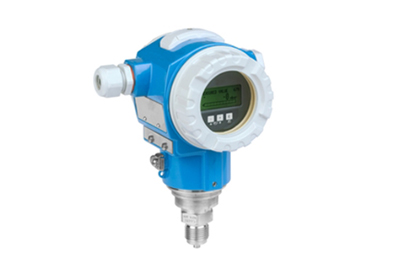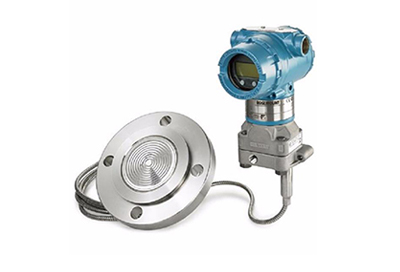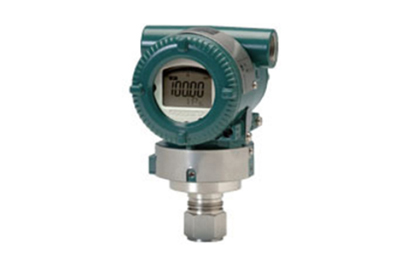Seven Step Techniques for Selecting High Temperature Pressure Transmitters
The key to selecting a high-temperature pressure transmitter is temperature, especially if the high-temperature pressure transmitter is selected incorrectly, it will be useless. Below are seven steps for selecting a high-temperature pressure transmitter.
Firstly, the liquid receiving material.
We need to consider the medium measured by the pressure transmitter. Generally, the material used for the contact medium of the pressure transmitter is 316 stainless steel. If your medium is not corrosive to 316 stainless steel, then basically all pressure transmitters are suitable for measuring medium pressure. If your medium is corrosive to 316 stainless steel, we need to use chemical sealing. This not only measures the pressure of the medium, but also effectively prevents contact between the medium and the liquid part of the pressure transmitter, thereby protecting the pressure transmitter and extending its lifespan.
Secondly, accuracy differentiation of high-temperature pressure transmitters
Every electronic measuring meter has accuracy errors, but due to the different accuracy levels marked by different countries, for example, the accuracy of national standards such as China and the United States is the best part of sensor linearity, which is usually referred to as the accuracy between 10% and 90% of the measurement range; The accuracy of the European standard is the worst part of linearity, which is commonly referred to as the measurement accuracy between 0 to 10% and 90% to 100%. If the accuracy of the European standard is 1%, then the accuracy of the Chinese standard is 0.5%.
Thirdly, the range of measurement.
The maximum measurement range of a general sensor is 70% of the full scale of the sensor, which is the best. Currently, when measuring a pressure of 70 bar, we should choose a range of 100 bar for the pressure transmitter.
Fourthly, output signals.
At present, due to various collection needs, there are many types of output signals for pressure transmitters on the market, mainly 4-20mA, 0-20mA, 0-10V, 0-5V, etc. However, the commonly used ones are 4-20mA and 0-10V. Among the output signals I mentioned above, only 4-20mA is a two wire system (the output we mentioned is a few wire system without grounding or shielding wire), while the others are all three wire systems.
Fifth, the medium temperature.
Due to the fact that the signals of high-temperature pressure transmitters are partially converted through electronic circuits, the measurement medium temperature of high-temperature pressure transmitters is generally -30 to+100 degrees Celsius. If the temperature is too high, we usually use condensation bends to cool the medium, which will greatly reduce the cost for manufacturers to produce a high-temperature resistant pressure transmitter specifically for you.
Sixth, measure the medium.
Generally, we measure relatively clean fluids, so we can directly use standard pressure transmitters. If the medium you measure is easy to crystallize or viscous, we usually use an external diaphragm or use it together with a chemical seal, which will effectively prevent the medium from blocking the pressure measurement hole.
Seventh, others.
After determining the six parameters above, it is also necessary to confirm the process connection interface of your high-temperature pressure transmitter and the power supply voltage of the pressure transmitter; If used in special work reward occasions, explosion-proof level should also be considered.












